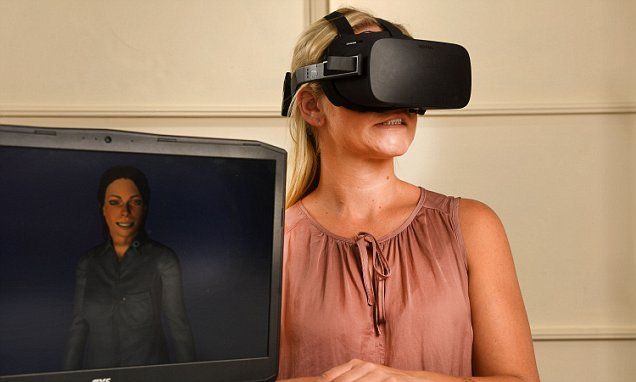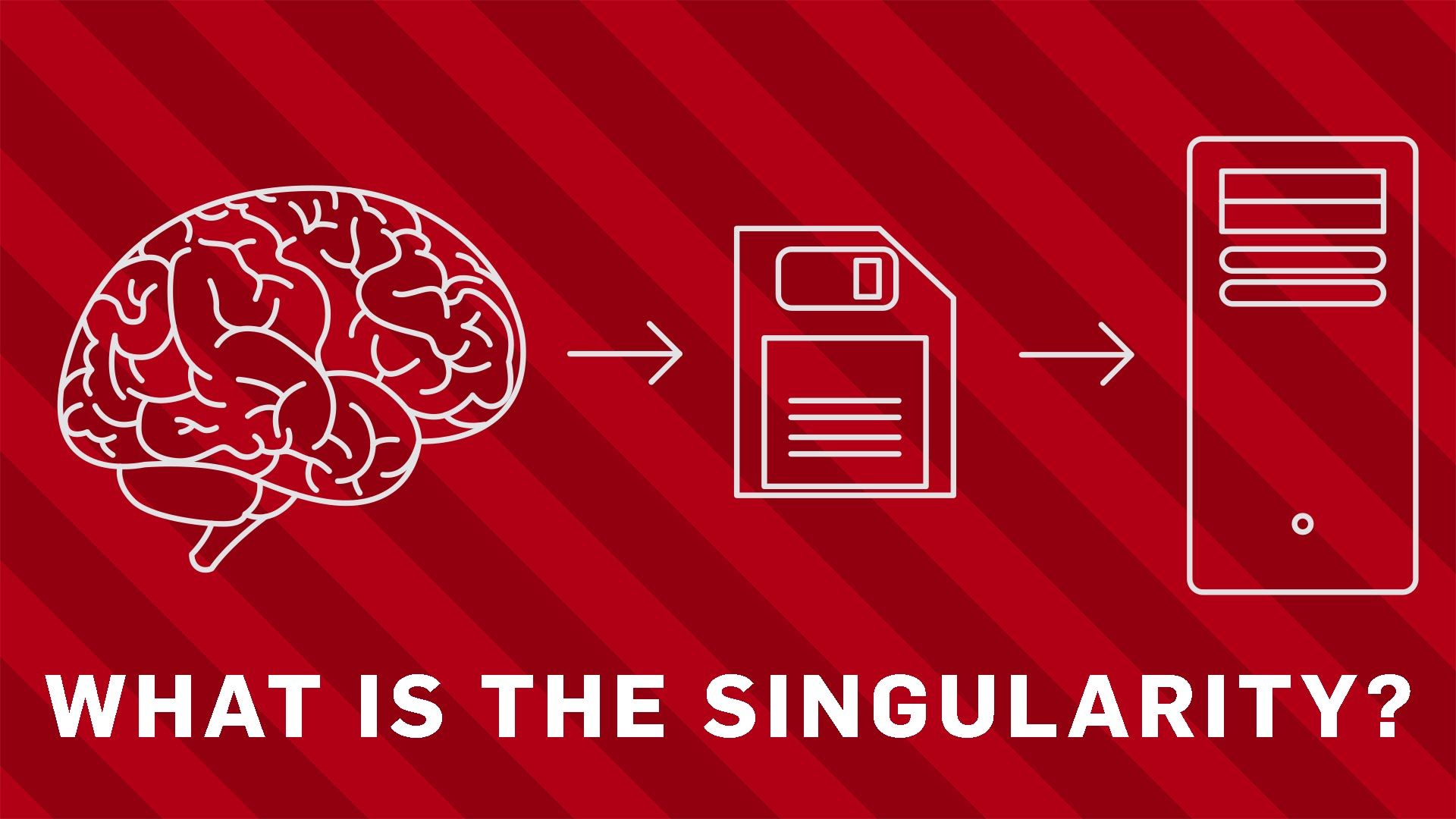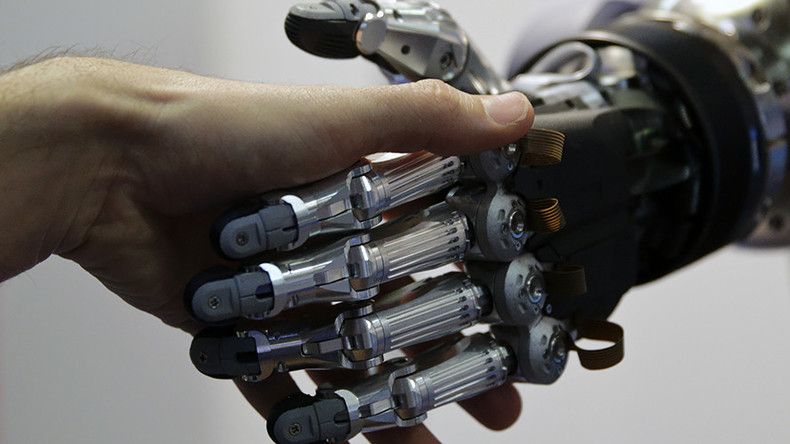Jul 9, 2017
Virtual reality goggles that could help facial paralysis patients
Posted by Carse Peel in categories: biotech/medical, computing, virtual reality
Facial paralysis suffered by thousands of Britons is being treated by pioneering NHS specialists with virtual-reality computer game-style technology.
The therapy could be used to help patients who find it too traumatic to look at their own ‘changed’ reflections after the paralysis.
The virtual-reality (VR) goggles encourage sufferers to carry out the regular facial exercises needed to regain muscle function – with the wearer watching an avatar’s face doing the exercises rather than their own.
Continue reading “Virtual reality goggles that could help facial paralysis patients” »

















